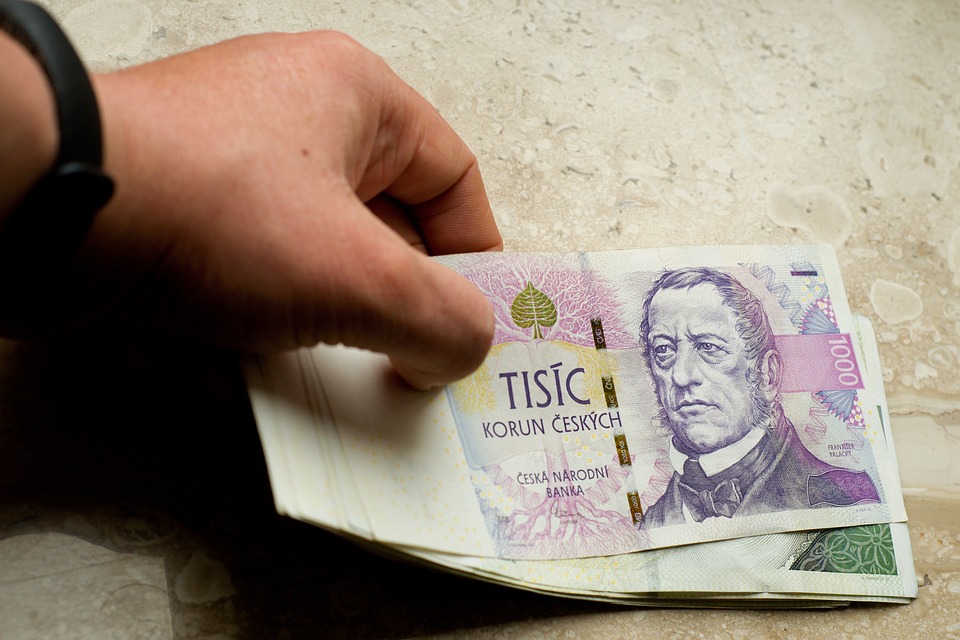The Path to Financial Freedom: Embarking on a Debt-Free Journey
Financial freedom is a goal that many people aspire to achieve. It offers the freedom to live life on your own terms, without the burden of debt weighing you down. However, embarking on a debt-free journey can seem daunting, especially if you are currently in a lot of debt. But with the right plan and mindset, it is possible to break free from the cycle of debt and take control of your financial future.
Assessing Your Current Financial Situation
The first step in embarking on a debt-free journey is to assess your current financial situation. Take a close look at your income, expenses, and debt. Calculate how much debt you owe, including credit card debt, student loans, and any other outstanding loans. Determine your monthly expenses and compare them to your income to see if you are living within your means.
It is also important to take stock of your assets and liabilities. This includes any savings, investments, or property you own, as well as any outstanding debts. By understanding your financial situation, you can create a realistic plan to pay off your debt and start building wealth.
Creating a Budget
One of the most important steps in achieving financial freedom is creating a budget. A budget helps you track your income and expenses, so you can see where your money is going each month. It also helps you prioritize your spending and identify areas where you can cut back to save more money.
When creating a budget, make sure to include all of your expenses, including fixed expenses like rent or mortgage payments, utilities, and insurance, as well as variable expenses like groceries, dining out, and entertainment. Be sure to also include a category for debt repayment, so you can allocate a portion of your income towards paying off your debt each month.
Consolidating and Refinancing Debt
If you have multiple debts with high interest rates, consolidating or refinancing your debt can help you save money and pay off your debt faster. Debt consolidation involves combining multiple debts into one loan with a lower interest rate, making it easier to manage your debt and pay it off more quickly.
Similarly, refinancing involves taking out a new loan with a lower interest rate to pay off your existing debt. This can help you save money on interest and pay off your debt faster. However, it is important to carefully consider the terms of the new loan and make sure it will save you money in the long run.
Increasing Your Income
One way to accelerate your debt-free journey is to increase your income. This can be done by taking on a side hustle, freelancing, or finding a higher-paying job. By increasing your income, you can allocate more money towards paying off your debt and reaching your financial goals faster.
Consider your skills and interests and look for opportunities to monetize them. This could involve starting a small business, offering freelance services, or taking on a part-time job. By diversifying your income streams, you can increase your earning potential and achieve financial freedom sooner.
Building an Emergency Fund
Having an emergency fund is essential for achieving financial freedom. An emergency fund provides a financial cushion to cover unexpected expenses, such as medical bills, car repairs, or job loss. By having an emergency fund, you can avoid going into debt to cover these expenses and stay on track with your debt-free journey.
Start by setting a goal for your emergency fund, such as three to six months’ worth of living expenses. Save a portion of your income each month towards your emergency fund until you reach your goal. Keep your emergency fund in a separate savings account, so you are less tempted to dip into it for non-emergencies.
Staying Motivated and Consistent
Embarking on a debt-free journey requires discipline and consistency. It is important to stay motivated and focused on your financial goals, even when faced with setbacks or challenges. Remember why you started your debt-free journey in the first place and keep that motivation front and center.
Find ways to celebrate small wins along the way, such as paying off a credit card or reaching a savings goal. Set milestones for yourself and track your progress to stay motivated. Surround yourself with supportive friends and family who can cheer you on and hold you accountable.
Seeking Professional Help
If you are struggling to manage your debt or create a plan for financial freedom, consider seeking professional help. A financial advisor or credit counselor can help you assess your financial situation, create a budget, and develop a plan to pay off your debt.
They can also provide guidance on debt consolidation, refinancing, and other strategies to help you achieve financial freedom. Working with a professional can give you the support and expertise you need to navigate the complexities of personal finance and reach your financial goals.
Conclusion
Embarking on a debt-free journey is a challenging but rewarding process. By assessing your financial situation, creating a budget, consolidating and refinancing debt, increasing your income, building an emergency fund, staying motivated and consistent, and seeking professional help when needed, you can achieve financial freedom and take control of your financial future.
Remember that financial freedom is not just about being debt-free, but also about having the freedom to live life on your own terms and pursue your dreams. By taking the necessary steps to break free from the cycle of debt, you can create a more secure and prosperous future for yourself and your loved ones.

